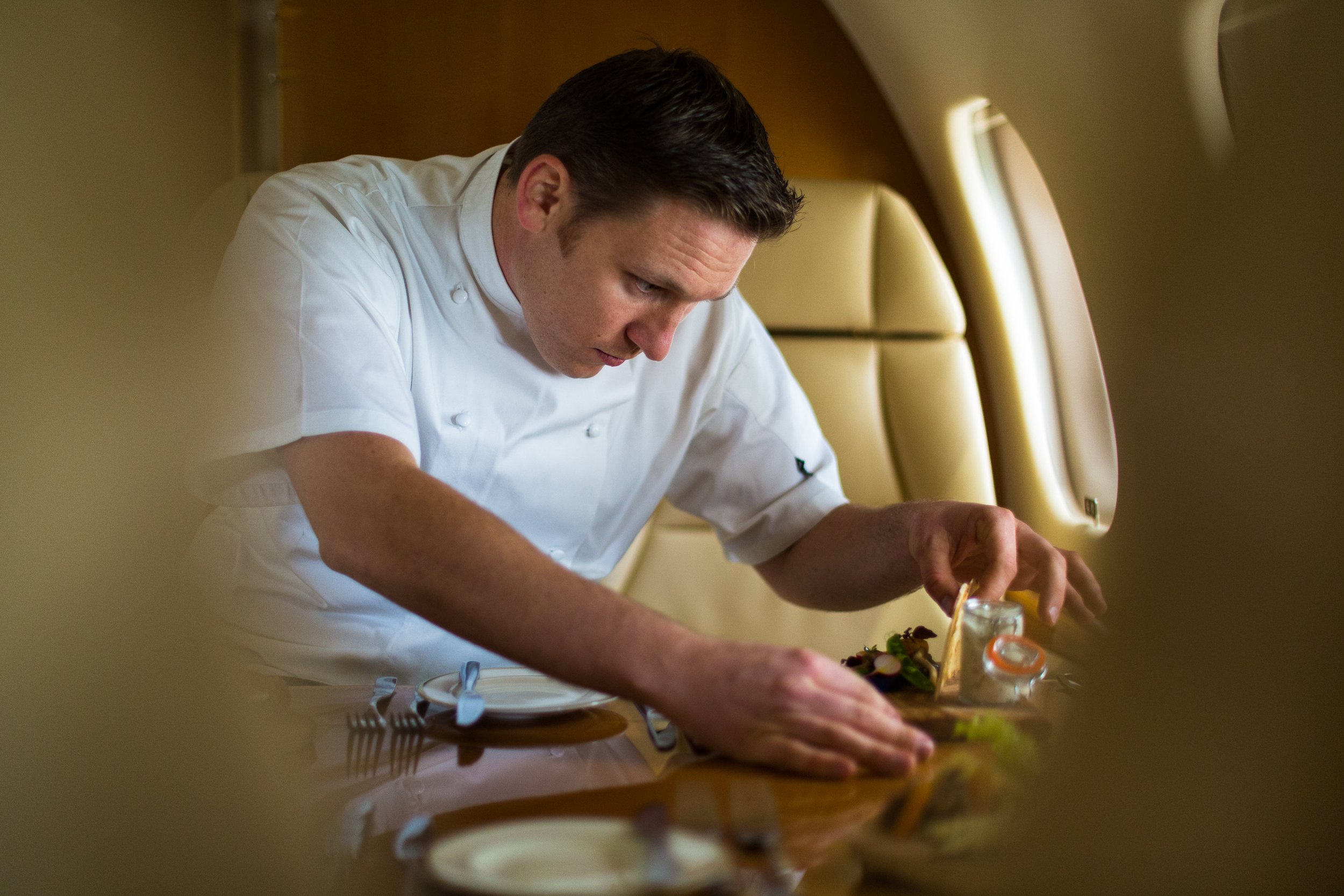Storing and Reheating Food on Aircraft: Best Practices for Quality and Safety
In the world of inflight catering, proper food storage and reheating are essential to ensuring that meals remain safe, fresh, and of the highest quality for passengers. The challenges of working at 30,000 feet, with limited space and resources, make these practices even more critical. Here’s a guide to help flight attendants understand how to manage food storage and reheating on aircraft to provide the best possible service.
1. Proper Food Storage: Ensuring Safety and Freshness
Food storage on an aircraft starts with safe handling procedures that prevent contamination and maintain quality. Here are key considerations:
Maintain Correct Temperatures: Food should be stored at the appropriate temperature to prevent bacterial growth. Cold food should be kept below 5°C, and hot food must be stored above 60°C until it is ready to be served. Use insulated containers to help maintain these temperatures during the flight.
Separate Raw and Cooked Foods: Just like in any professional kitchen, keeping raw and cooked foods separate is vital. On aircraft, it’s crucial to store raw meats and seafood away from ready-to-eat foods to avoid cross-contamination. Use sealed containers and separate compartments in trolleys or storage areas.
Organisation and Labelling: Organising food items by type and ensuring that everything is properly labelled with clear expiration dates helps reduce waste and ensures that food is served within its safe timeframe. This is particularly important on long-haul flights where food may need to be stored for extended periods.
2. Reheating Food: Ensuring Quality and Safety at Altitude
Reheating food onboard requires a delicate balance between safety and maintaining the dish’s quality. Flight attendants need to follow these guidelines to ensure the food tastes just as good as it did before the flight:
Reheat to the Right Temperature: As with any catering service, the key to reheating food safely is ensuring it reaches an appropriate temperature. All food should be reheated to at least 75°C to kill any bacteria. This is particularly important for meat and poultry. Always use a food thermometer to check that food has been reheated thoroughly.
Minimise Reheating: Reheating food multiple times can compromise the quality and safety of the dish. Whenever possible, only reheat the portion needed for the flight, as food loses texture and taste after multiple reheating cycles.
Use the Right Equipment: Onboard, you’ll typically have limited equipment, but using it correctly is crucial for maintaining food quality:
Ovens: Ideal for reheating meals that need to retain texture, such as baked dishes, casseroles, or roasted vegetables. Make sure to cover food with foil to prevent it from drying out.
Microwaves: A fast and efficient method, but it can result in uneven heating. Stir the food or rotate it to ensure it heats evenly.
Hot Trolleys: Often used to keep meals at a consistent temperature before serving. Make sure that the meals are not left in the trolley for too long, as this can cause them to become too dry.
3. Considerations for High-Altitude Dining
At cruising altitude, the dry air and low pressure inside the cabin can affect passengers’ sense of taste and smell. This means meals may taste more bland than they would on the ground, so it’s important to focus on stronger, more robust flavours when designing and reheating dishes. Ingredients such as umami-rich items, citrus, and bold spices are commonly used to enhance the overall dining experience.
For flight attendants, this also means being mindful of how food is presented and ensuring that it reaches passengers in the best possible condition, taking into account the altitude-related effects on taste perception.
4. Waste Reduction and Sustainability
Reducing food waste is a growing priority for many airlines. By properly storing and reheating food, flight attendants can help prevent unnecessary waste. Ensuring that food is stored correctly and only reheating what is necessary not only helps with sustainability but also contributes to overall operational efficiency.
Food storage and reheating on aircraft may present unique challenges, but by following these best practices, flight attendants can ensure that passengers enjoy safe, delicious meals while in the air. Understanding the nuances of these processes helps improve the passenger experience, even at 30,000 feet.
Mastering Inflight Food Service
Storing and reheating food on an aircraft presents unique challenges, but following these best practices ensures that passengers enjoy safe, delicious meals at 30,000 feet. By understanding the nuances of inflight dining, flight attendants can enhance the passenger experience, uphold safety standards, and contribute to sustainability.
Want to learn how to elevate your skills and stand out in the luxury private jet market? Check out our Culinary Training Course for Flight Attendants to gain insider tips and techniques that will set you apart.
Focused Culinary Training
Designed specifically for Flight Attendants and Cabin Crew by the Founder & CEO of the award winning On Air Dining.


